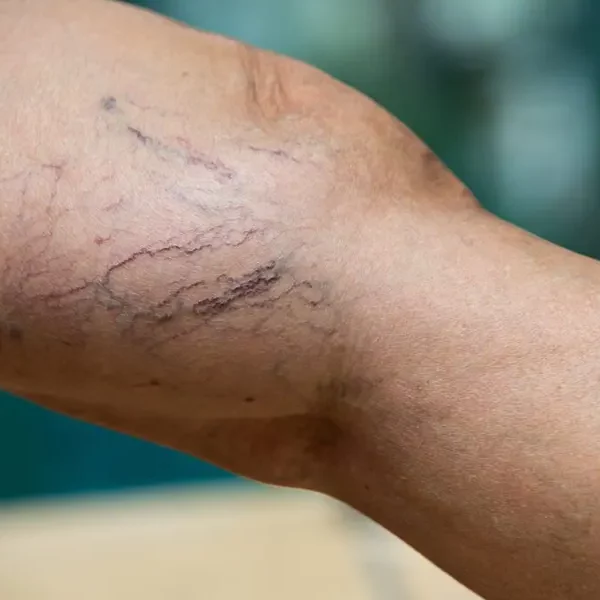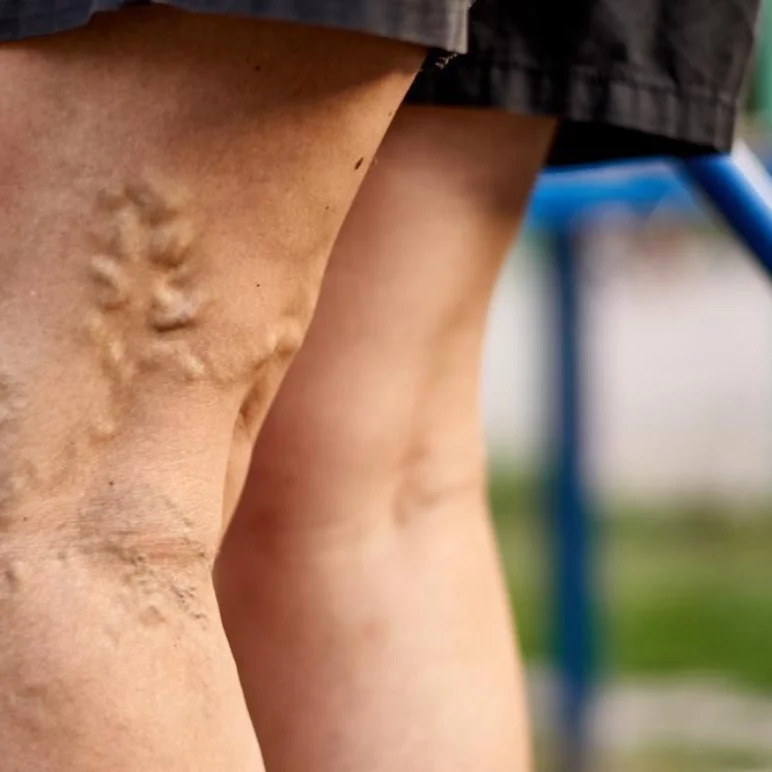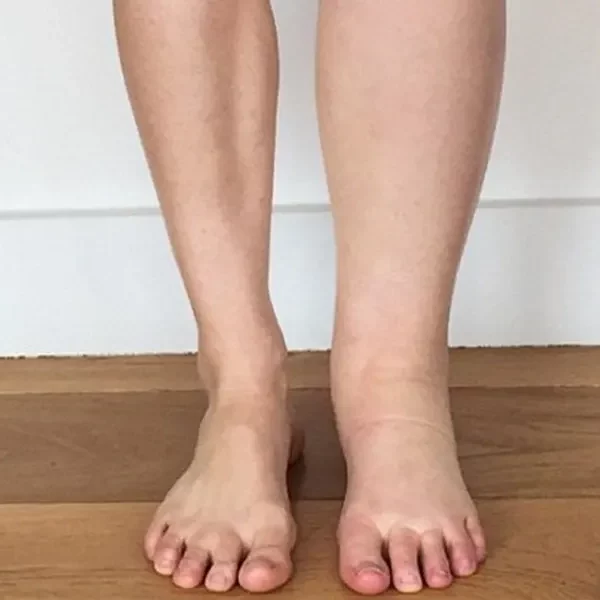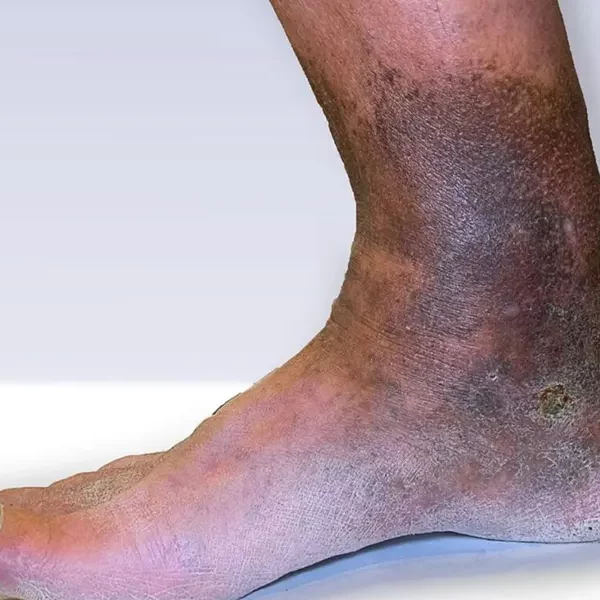Chronic Venous Insufficiency
Chronic Venous Insufficiency is one of the most overlooked and underestimated diseases, partly because it appears in many forms. The underlying problem is failure of the valves that prevent blood from moving downward through your veins. Here, we will break down the different types of vein issues our patients most often seek treatment for.
The Best Time to Treat Vein Issues is Now
If you suffer from any of the above symptoms of chronic venous insufficiency, the best time to treat these veins is now, as these problems only get worse with time. Take the first step towards healthy, better-looking legs today by scheduling a consultation with our experts.
What is Chronic Venous Insufficiency?
Chronic Venous Insufficiency occurs when the veins lying just beneath the skin in our legs do not properly drain. Chronic Venous Insufficiency causes varicose veins, significant swelling in the legs, pain and discoloration of the skin.
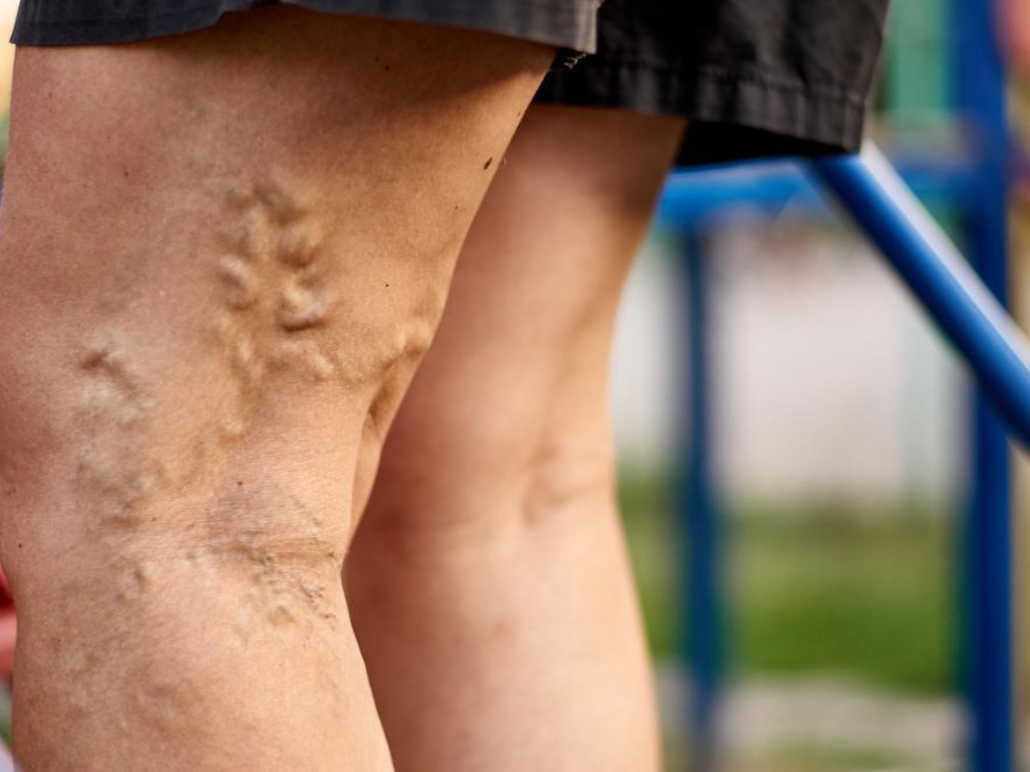
Varicose Veins
Varicose veins are swollen, bulging veins just beneath the surface of the skin. Varicose veins occur when the valves in veins become weak or are defective, resulting in the pooling of blood in the veins.
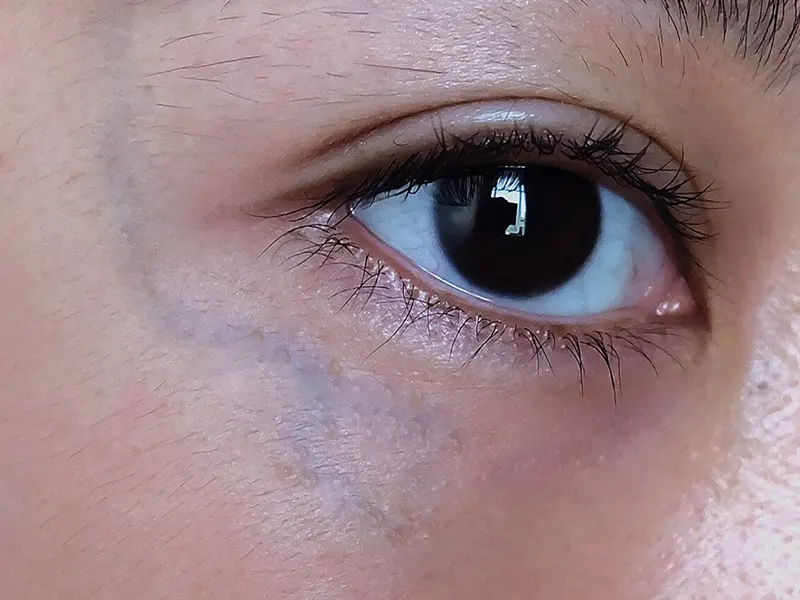
Facial Veins
Many patients seek treatment of blue veins that may or may not protrude through the skin. The most common areas for these to appear are the forehead, temple, and underneath the eye. Spider veins can also appear on the face, typically the nose and cheeks.
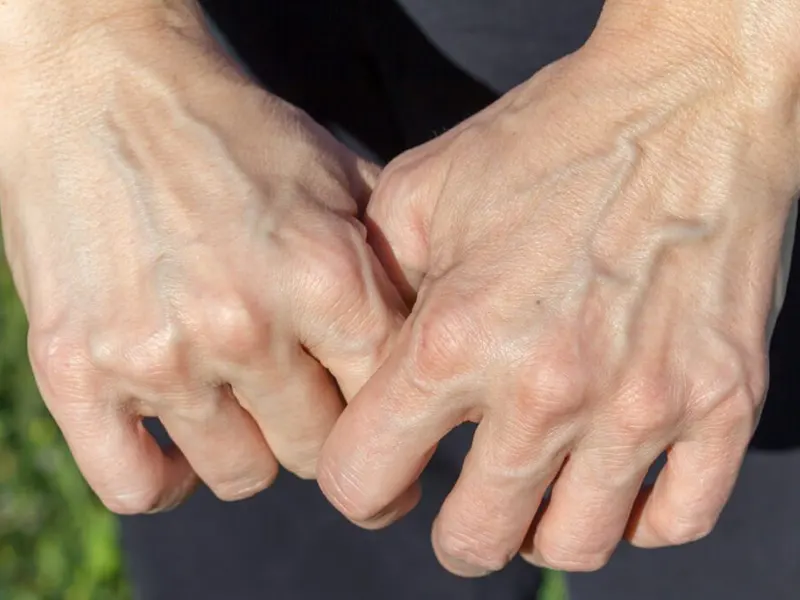
Hand Veins
As we age, we lose muscle and fat along the tops of our hands. This can cause the veins in the hand to appear more prominently and often are a source of cosmetic concern for patients.
Deep Vein Thrombosis, or DVT
DVT: Deep Vein Thrombosis, or DVT, is an extremely serious type of blood clot. DVTs occur when clots form in the deep veins of the legs. Once these blood clots form, they can lead to severe leg pain and swelling, and they can break off and travel to the lungs.
Pulmonary Embolism: If a DVT breaks loose from the leg, it can travel up to the heart and then to the lungs. If this occurs, it will become lodged, preventing blood from circulating through the lung. This can result in severe chest pain, difficulty breathing, and in serious cases can lead to death.
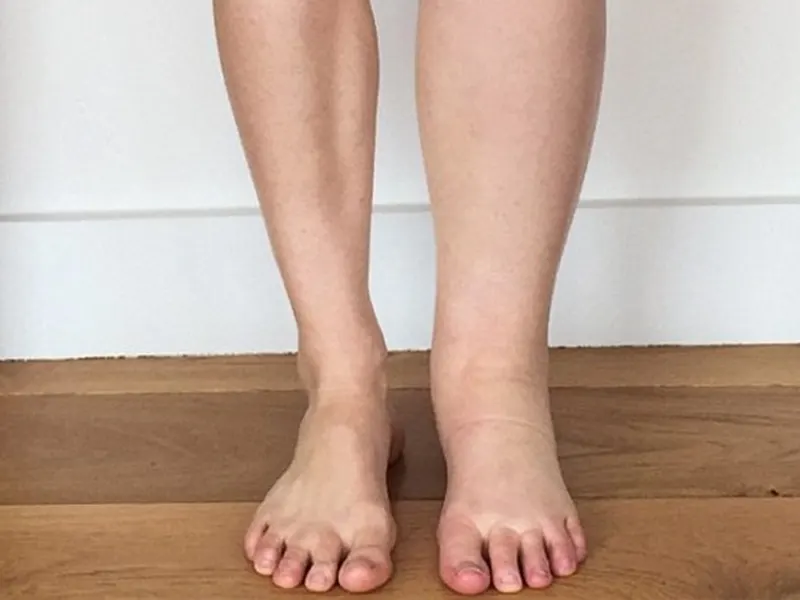
Vein Disease is a Prevalent and Often Dangerous Condition.
If you are experiencing any symptoms, or are at risk for vein disease, it’s important that you seek vein disease treatment in Nashville before the condition worsens. Our highly trained Nashville vein experts will provide leading-edge care to diagnose and treat your vein disease so you can live a full and active life.

